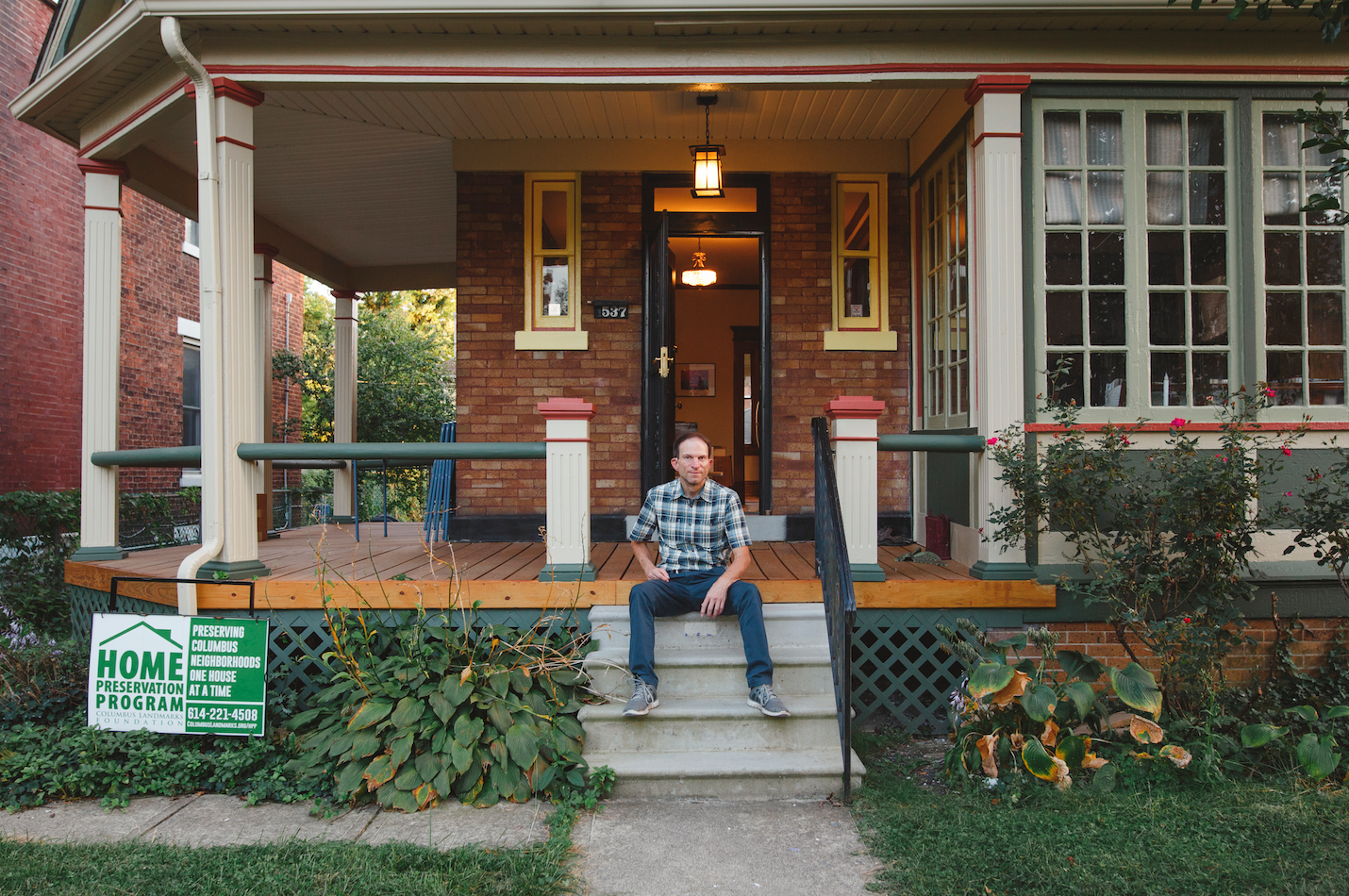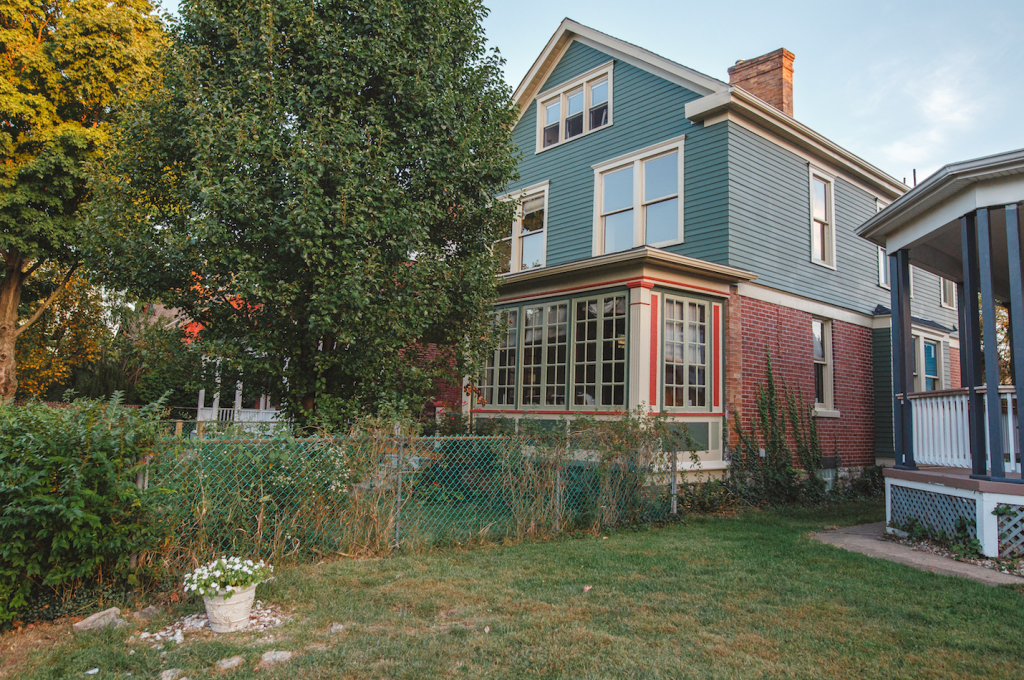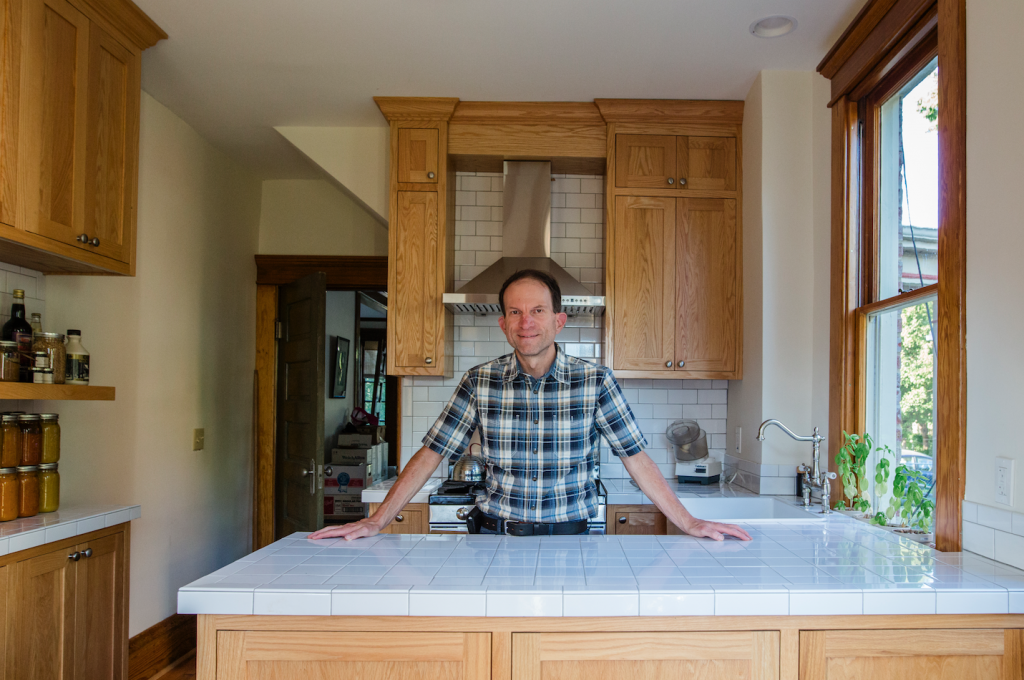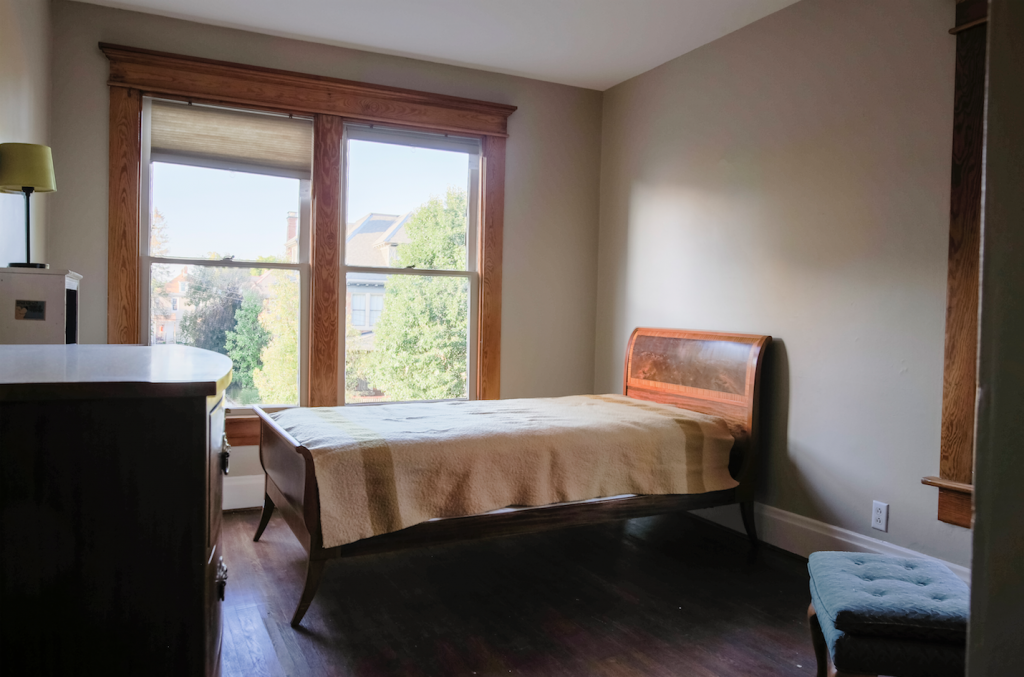This Old House: Local organizations strive to preserve beauty of historic Columbus homes

The charm of old houses. The fear of old houses. Italianate or Queen Anne or American Foursquare, they are undoubtedly beautiful. But what are you getting yourself into? An endless project? A money pit? Renovations are never as easy as HGTV makes them look. But is owning one of these architectural masterpieces really out of your reach?
If you’ve ever thought about owning an older or historic home, the resources of the Home Preservation Program, part of the Columbus Landmarks Foundation, can help you learn to restore and preserve the architectural beauty of an older home, not only for your own enjoyment, but to create a historic legacy for years to come.
The slightly over three-year-old program, a free service, was started by the city of Columbus, but has since received additional sources of funding to help its mission. The program has made 182 site visits for individual homeowners.

“We’re not selling anything,” said Susan Keeny, director of the Home Preservation Program and an architect by training. “We want to go out and help people with their decision-making when they renovate homes. We also have a whole list of contractors that work on older homes so we feel confident that when we give somebody a list … that those are people who know how to work with old buildings.”
One of the first steps of purchasing an older home is finding a qualified home inspector or structural engineer, and the Home Preservation Program offers a list of such professionals. “If you do get into structural issues, that could be expensive,” said Keeny.
The renovation process can take a while, so Keeny recommends a priority list that will get an owner moved in and stable: electricity, plumbing, and HVAC systems generally need to be brought up to code.
“Tackle the important things first, and every step you make, you’ve added life to your old house.”
Although renovation isn’t a good option for everyone, it shouldn’t be an unnecessarily intimidating choice. Keeny points out that old or new, all homes require care and investment. And sometimes the investment in an older home is less than one might expect.
BROUGHT TO YOU BY
“You don’t have to throw out old windows. You can repair them,” says Keeny. “If your wood windows are well-repaired, and they’ve got weather- stripping and you combine them with a storm, either inside or out, you get just as much energy efficiency as with an expensive new replacement window.” Keeny added that a replacement window must be replaced in its entirety, while original windows can be repaired a bit at a time, and are likely to last longer.
In fact, any old wood that looks good probably is good, since much of it comes from old-growth forests.
“We don’t have those forests anymore, and that wood has much denser growth rings—it’s allowed to grow longer. So it’s inherently disease-and rot-resistant,” says Keeny.
The Home Preservation Program holds hands-on workshops to help homeowners with projects like window repair. Other popular workshop topics have included masonry repair, porches, and garden design. Homeowners and prospective homeowners observe that many of the features of an older home were made with basic tools, making many projects more manageable than they anticipated.

Eric Fryxell began work on his 100+ year-old home in Woodland Park: “I have long wanted to fix up a neglected old house. This is because I’m fascinated by the past, recycling benefits everyone, and old houses generally are more attractive and well-built than new ones.”
He reclaimed the house from a poorly-done flip. “Fortunately, the flippers were so cheap they did not damage the house. It had gorgeous original unpainted trim, the old ceilings and original walls.”
In the middle of his renovation process, Fryxell met Keeny at a Home Preservation Program presentation, and found the connection invaluable. “Susan was immediately enthusiastic and helpful, soon coming to my house and working on planning the kitchen, which was the next major and overwhelming step. She produced at least half a dozen plans and was most generous with her time,” Fryxell said. “Dozens of times I anticipated our consultations with pleasure, and was always inspired and comforted by them. Susan was more than an architect. She was also a general advisor and psychotherapist through the ups and downs of a long, exciting, and stressful process.”
In addition to repair and maintenance workshops, Columbus Landmarks and the Home Preservation Program holds Saturday workshops to help people research the history of their older homes. Fryxell has found information on the original owner (and likely builder) of his home, as well as others who have resided at the address throughout its history.
Fryxell has been at work for about four years on his home since its original improvements were shoddy, but he doesn’t regret his decision to purchase an older home.

“True, had I known that it would be so long and frustrating, I may not have bought a house that needed so much work. At the same time, I am really enjoying the process,” he said. “It is satisfying to have control over the future of an old house—its quality, and aesthetics. I feel that I saved a beautiful house from the ravages of open concept, granite countertops, gray walls, painted trim, and recessed lighting!”
But the Home Preservation Program doesn’t see just individual houses. It sees an entire piece of Columbus history populated in neighborhoods with older homes, subject to neglect and possible demolition.
“Those are the ones we want to save because when those start going, you don’t get those back,” said Keeny.
To see if the Home Preservation Program can help you, visit columbuslandmarks.org/home-preservation-program.
BROUGHT TO YOU BY



